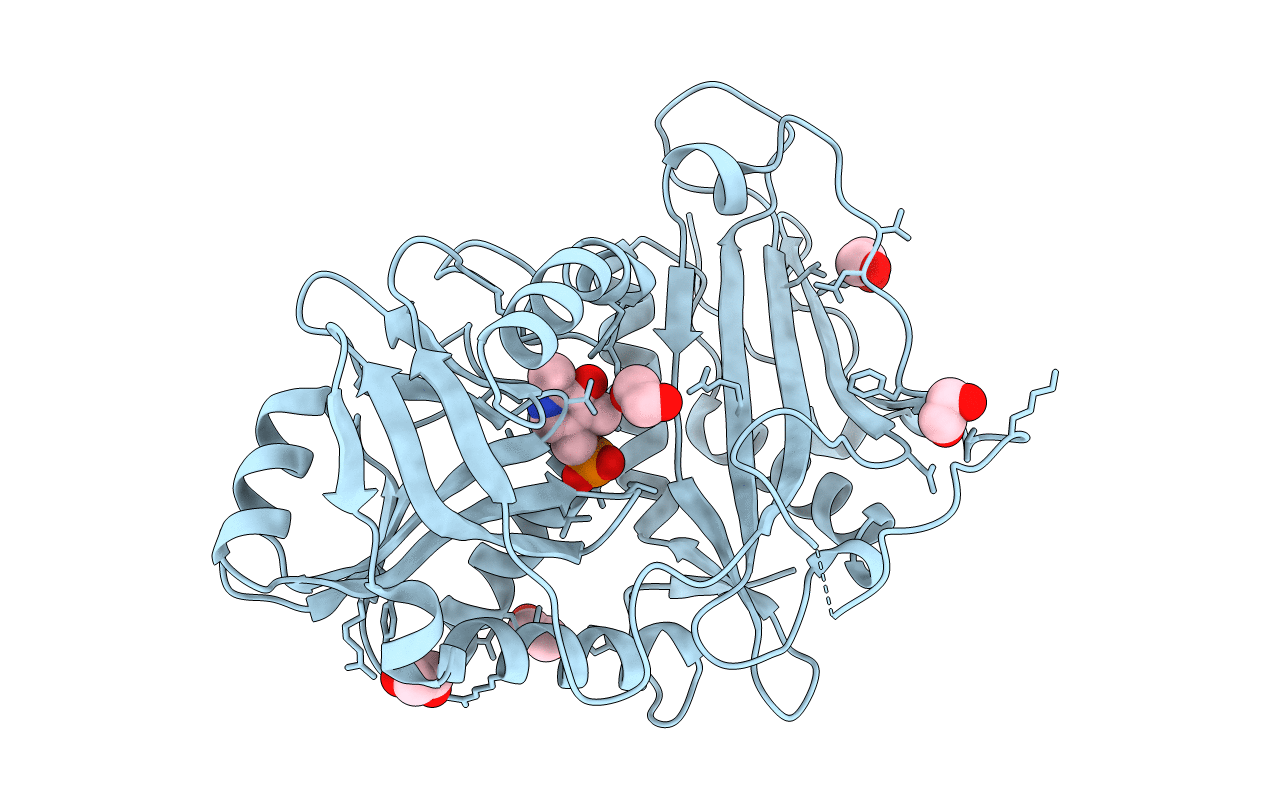
Deposition Date
2016-12-18
Release Date
2017-07-19
Last Version Date
2025-04-09
Entry Detail
PDB ID:
5MPR
Keywords:
Title:
Single Amino Acid Variant of Human Mitochondrial Branched Chain Amino Acid Aminotransferase 2
Biological Source:
Source Organism:
Homo sapiens (Taxon ID: 9606)
Host Organism:
Method Details:
Experimental Method:
Resolution:
1.60 Å
R-Value Free:
0.17
R-Value Work:
0.12
R-Value Observed:
0.13
Space Group:
P 32 2 1


